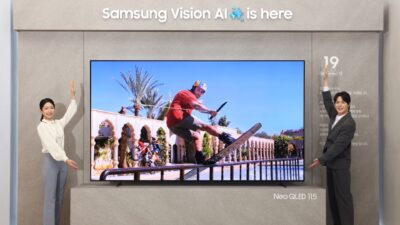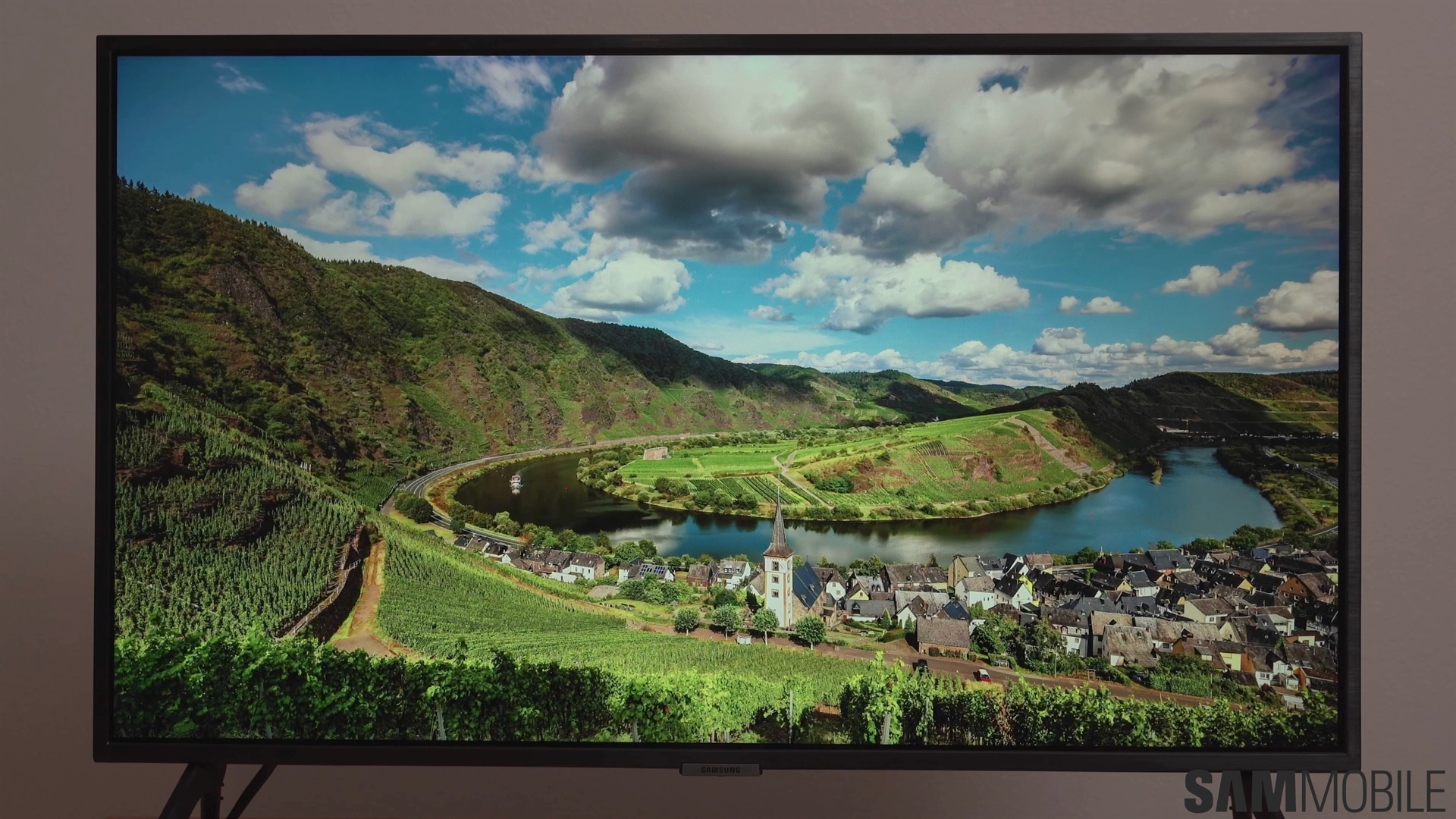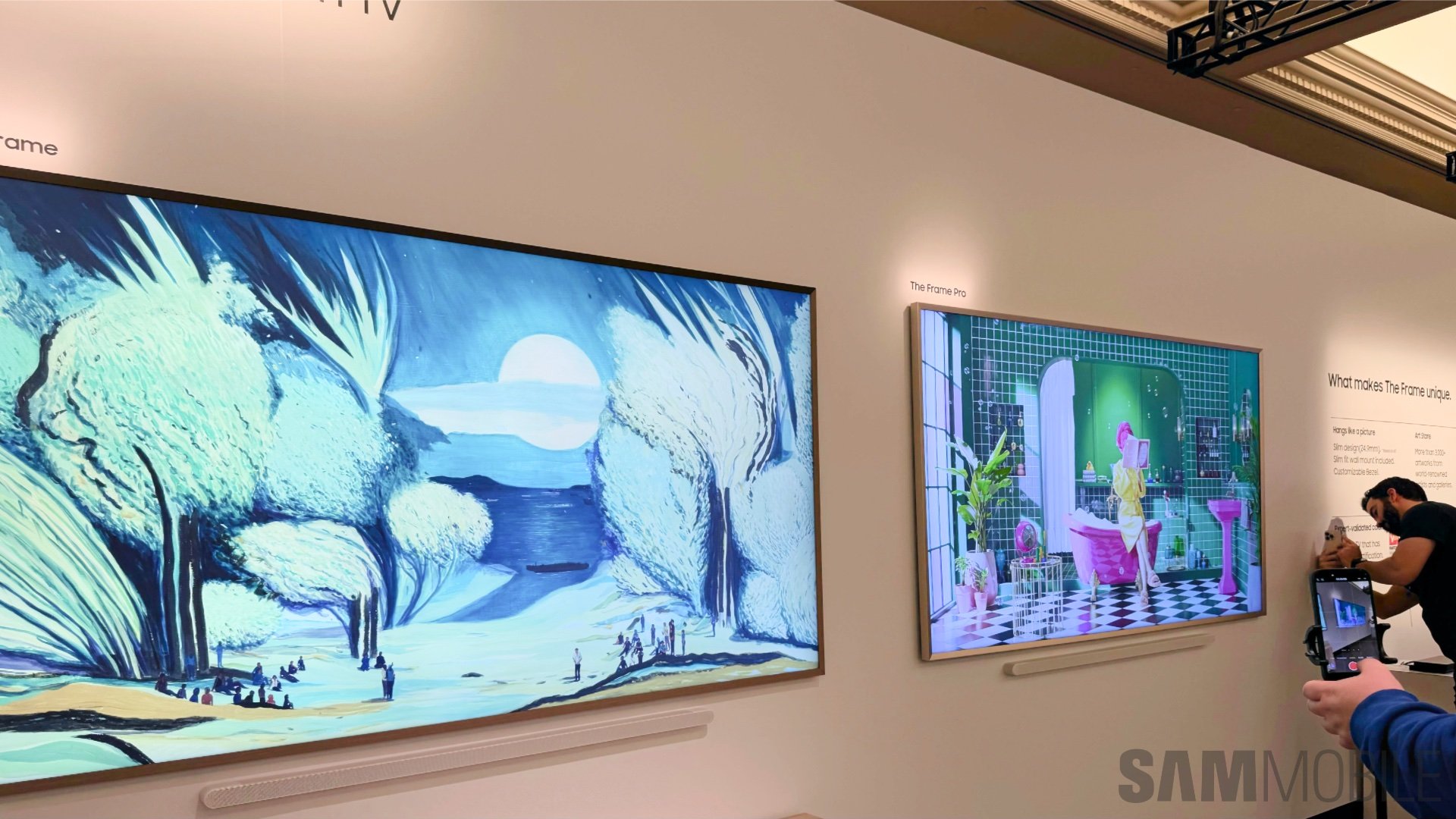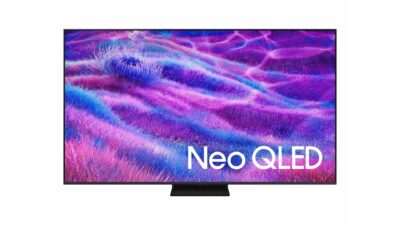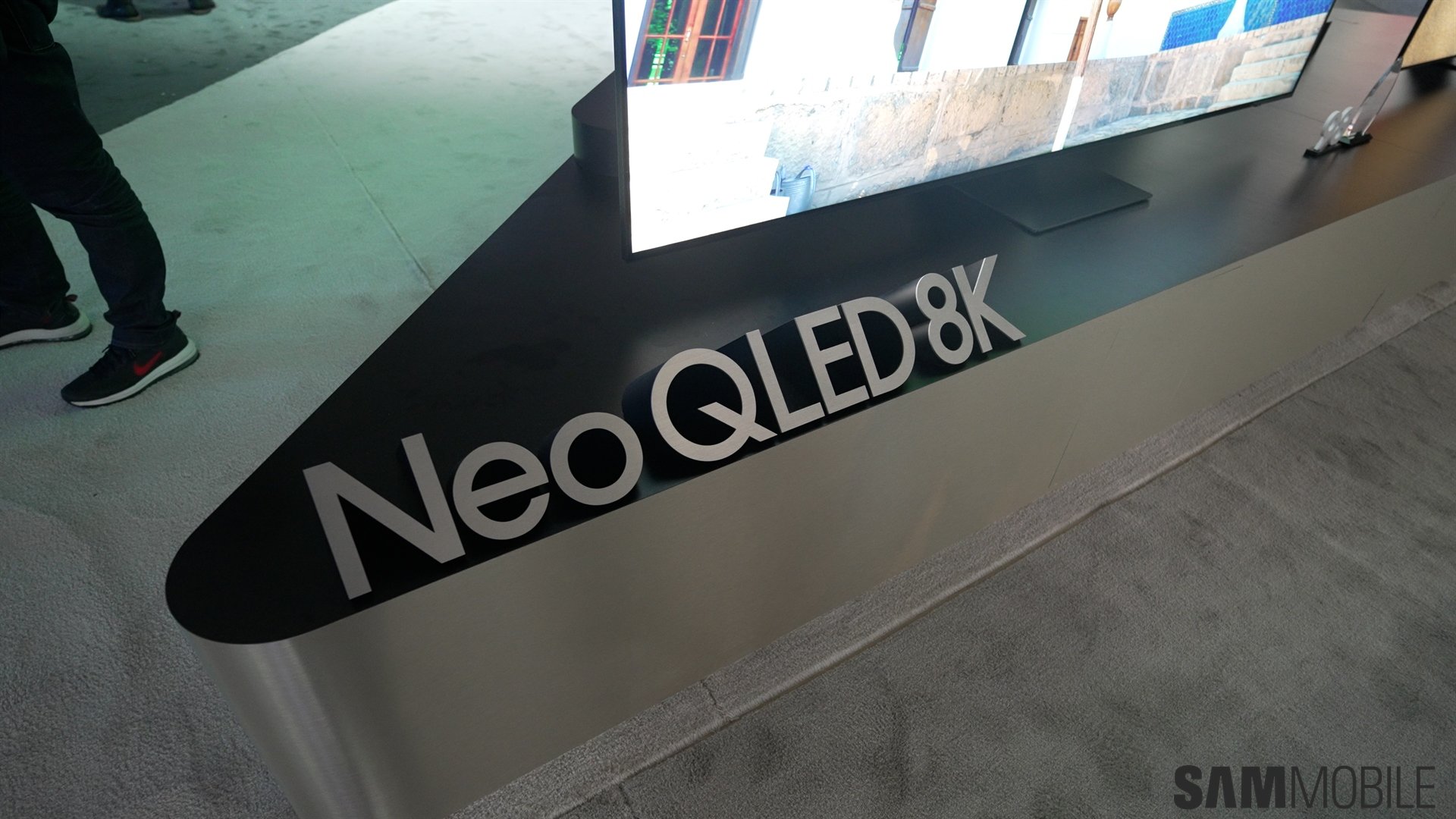
In layman's terms, upscaling is a technique many brands and smart TVs use to render video content in 4K or 8K resolutions, even if said content has a resolution lower than 4K or 8K.
When lower-resolution content is rendered on a higher-resolution screen, the pixel grids between the two often don't match, which leads to image degradation.
Without upscaling, content that doesn't match the exact resolution of the TV screen would either be shown in a small window at the original resolution or stretched to fill the screen at the cost of image quality caused by oversizing and pixel grid misalignment. Upscaling converts the source video content to a higher resolution signal on the fly to match the TV's resolution and fit the screen.
Also worth knowing is not every TV brand and TV model uses the same upscaling technology and techniques. And in a world where online content streaming isn't always 4K and 8K, upscaling can play a huge role into shaping your TV experience.
Not every upscale technology works the same
TV brands use different upscaling methods, and, for example, a TV brand that buys panels from Samsung Display won't use the same upscaling technology as Samsung Electronics' TVs. A perfect example of this is Sony. TVs like the Sony A90L and A95L use QD-OLED panels from Samsung but different upscaling techniques.
Needless to say, a TV panel's specifications and point of origin are only a part of what defines the TV experience across different brands. Two TV brands can use the same suppliers and panels with similar specifications; however, the end results can differ because of proprietary upscaling technologies used by each brand, color calibration methods, and other software and hardware components employed by each OEM.
You'll be happy to learn that Samsung TVs boast some of the best image signal processors in the industry, capable of upscaling lower-resolution content with great fidelity. Some people seem to prefer Sony's upscaling methods, but Samsung keeps pushing forward, and its latest 2024 TVs have employed AI (artificial intelligence) to deliver even better and more accurate content upscaling.
Should you always use upscaling? (Trick question)
Armed with this new knowledge, you may now want to pay closer attention to a TV's upscaling capabilities. Especially because 4K and 8K upscaling isn't an option TV users can just turn off. Upscaling is always on, with only a few exceptions we'll mention below.
Samsung TV users can manipulate characteristics such as noise reduction, sharpening, jitter reduction, blur reduction, and LED Clear Motion. However, whether you're talking about Samsung or other TV brands, upscaling technology is a core smart TV component that cannot be manually disabled.
That is the reason why Samsung's upscaling has always been one of its best selling points — it's one of the best in the industry.
Also worth noting is that there are situations in which upscaling is turned off automatically, i.e., when users connect a PC to the TV or when they have Game Mode turned on. Upscaling introduces lag, as it takes a bit of time for the image to go through the signal processor and be upscaled.
This delay is unnoticeable when watching video content. However, it can add noticeable input lag in other use cases in which users have more extensive control over the content displayed on the screen. As a result, upscaling is turned off automatically for PC and Game Mode users.
Join SamMobile's social media channels for more Samsung news, in-depth reviews, product videos, editorials, hot deals, and more.














